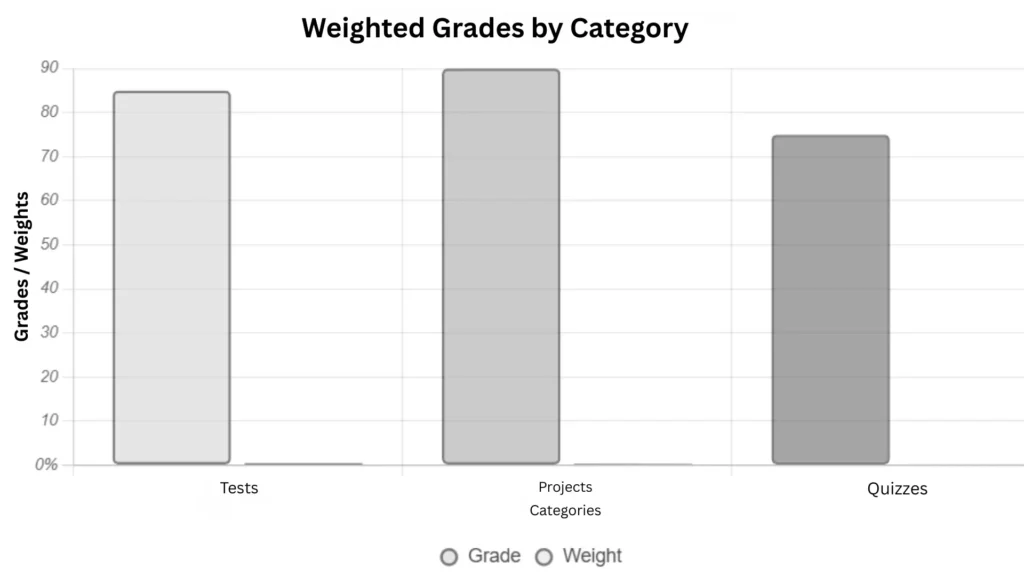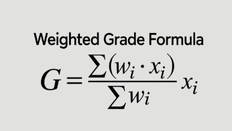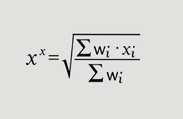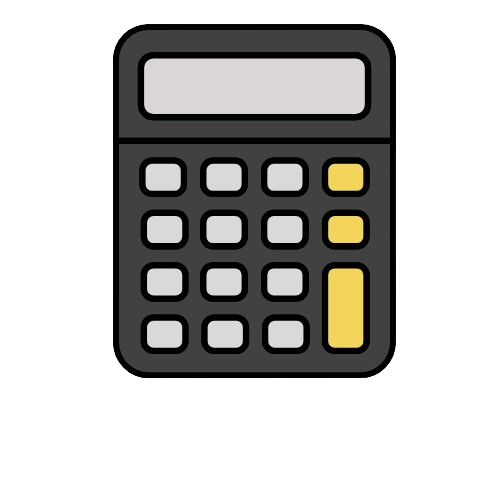How to do Weighted Grade Calculation? (Using Grade Calculator)

In your high school journey, holding a report card and thinking, “Why are the grades different from what I expected?” It can happen, and grading could feel much more puzzling and confusing when all your classes hold different levels of importance. To solve this common difficulty, you need to know how to do weighted grade calculation. This guide will help you know how to calculate your grades in both ways, manually and using our free but accurate grade calculator. No matter if you’re tracking your educational progress, planning smartly for your finals to achieve desired goals, or getting enrolled in honors, this guide will cover everything you need to know.
What is a Weighted Grade?
Many grading systems are used in different high schools, but the most common system used in U.S. high schools is the weighted grading system. In this structure, your every class will be graded according to its category weight. That means not all your classes will have the same weight, which will contribute to your final scores. Your homework, quizzes, tests, and exams will not have equal values, but all have some; for example, your homework could be covering 20%, quizzes 15%, tests 40%, and exams will be covering 25%. Knowing the correct weight of each class can help you put more effort into courses that have more importance.
Why Weighted Grade Calculation Matters
Your academic results can be confusing if you don’t understand the grading system policy that your school follows. And weighted grading systems can look more complex because you will need to know every category and its different weights, but it’s a fantastic way to estimate students’ progress. The University of Connecticut has done research on grading systems, and they explained that the weighted grading system was created to measure the difficulty of all courses and to give rewards to students for taking advanced classes. That’s why mastering the art of weighted grade calculation is worth your time and effort; after all, it can change the situation you will be in on result day.
How Weighted Grade Calculation Works
When your teachers will be using a weighted grading system to assess your ability, there are also many ways you can do a weighted grade calculation by yourself to know in advance where your performance is taking you and what will be inside the report card. You will learn some methods to monitor your academic performance.
Manual Calculation
Some of the curious minds think about the math behind this grading system, and to feed their curiosity, there is a manual way of doing all these estimations. Remember, calculating weighted grades manually is not just a matter of math but also a matter of understanding how each part works to make a final grade. Below is a step-by-step guide to do all this manually.
- List down all categories and also their weights. (Look for how much weight each category holds and note it down.)
- Look for how much weight each category holds, note it down, and divide it by the number of assignments for each category.
- Now note each category’s weight, convert them into decimals, and multiply each category by its decimal.
- Add all the results you got in step 3, and make a total. This is the weighted average that you want to know.
For a better understanding of weighted grades by categories, consider the chart below.

Standard Weighted Grade Formula
When this structure looks complex, it is still worth your attention and understanding for smarter preparation for your final grade. In mathematical words, you can better understand the weighted grade formula by considering G as a total score that is multiplied by its weight. Look at it below formula to better understand it.

Alternative Weighted Mean Formula
While many schools follow a weighted grading formula, some still use a modified approach that is the square root weighted mean. To find the mean, multiply each grade by its weight, add all, make the sum, divide by the total number, and take the square root. For better understanding, look at the weighted mean formula below.

Calculate Instantly with Grade Calculator
If you don’t want to deal with the complex math behind this manual estimation, don’t worry; our grade calculator has got you covered for doing all this in seconds. It can instantly calculate both weighted and unweighted. Follow just these three steps and give a few seconds to get accurate results. All required steps for accurate estimation are mentioned below:
- In the input field, put each grade with its weight
- After doing this, press the calculate button.
- As promised, view your results instantly in just a few seconds
Our calculator doesn’t do any random counting but does accurate math for your best outcomes, so it’s fully reliable for you. You can download your results in PDF or share them with your loved ones as well.
Teachers’ Take on Weighted Grade Calculation
In high school, you may think, like I once used to, that I don’t need to worry about grading structures, but on the final result day, I came to understand its importance while holding my result with a confused face, thinking, “Why are my grades not what I expected?” After understanding the math behind the structure, I understood what had happened behind the scenes. Believe me, after that day, I always put my efforts in the right place by doing weighted grades calculations and knowing which category needs my most effort. Now, as a teacher, I notice many students repeating that mistake again, but I always suggest they determine their grades by using an accurate online grade calculator.
Mistakes You Should Avoid for More Success
While the choice is yours whether you will go for manual estimation or do it with the help of a calculator designed especially for covering all your grading needs, I still want to save you from making some common mistakes I noticed students usually make while doing weighted grade calculation. Consider the mistakes mentioned below to avoid them.
- Never forget to convert weights to decimals.
- Don’t miss any single category; even if its weight is not much, still count it.
- Never forget the main thing: that all classes, or categories, are not equal.
- Always double check values that you put in to avoid wrong calculations.
These mistakes may look small, but they can cause significant errors in planning goals during your educational journey.
Conclusion
In your academic journey, weighted grade calculation can direct your efforts in the right place, giving you a clearer picture of what needs more of your attention and in which area you need improvement. Your result card can reveal it also, but it will be too late, so know it earlier and plan smartly for your future.

